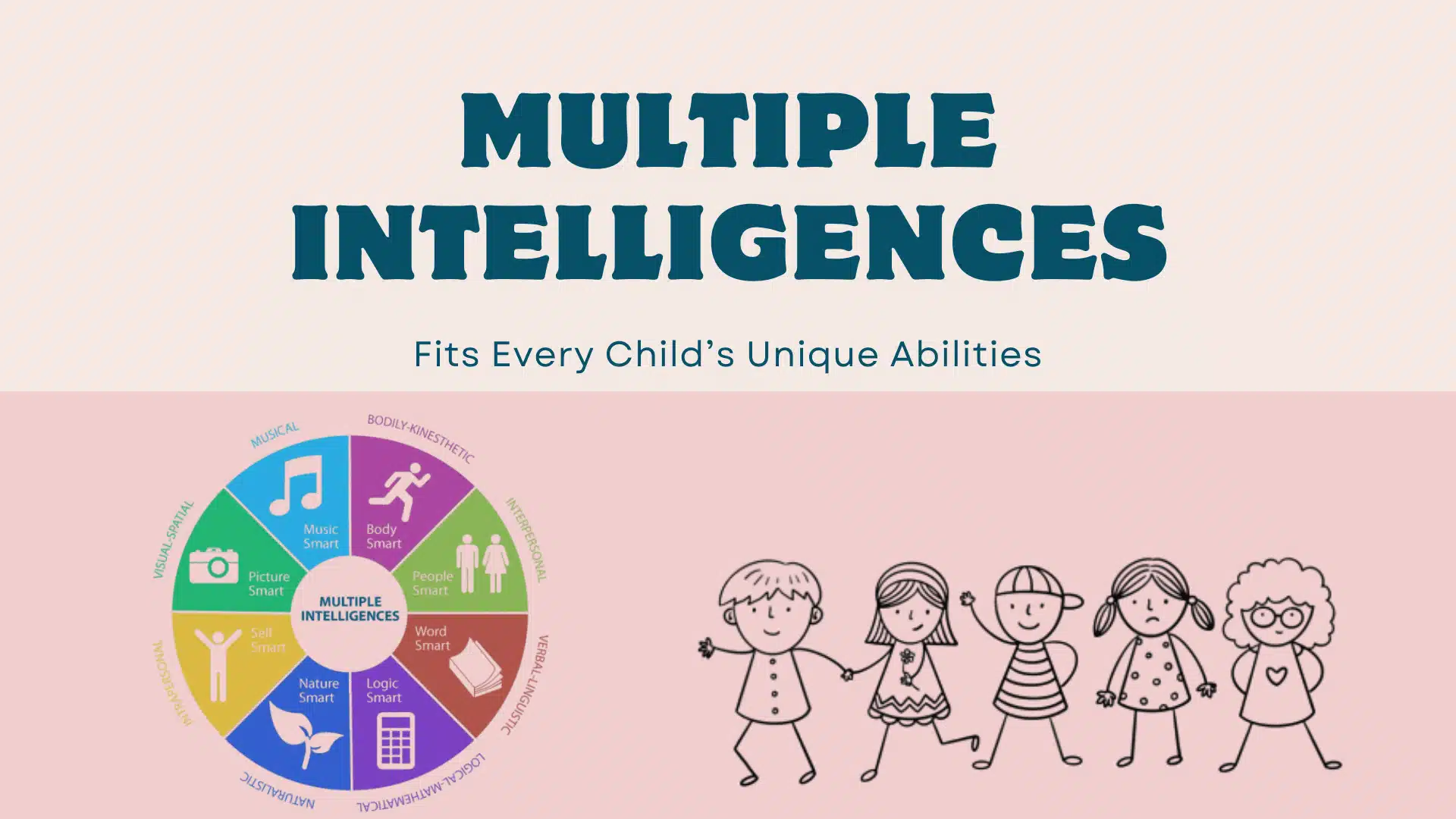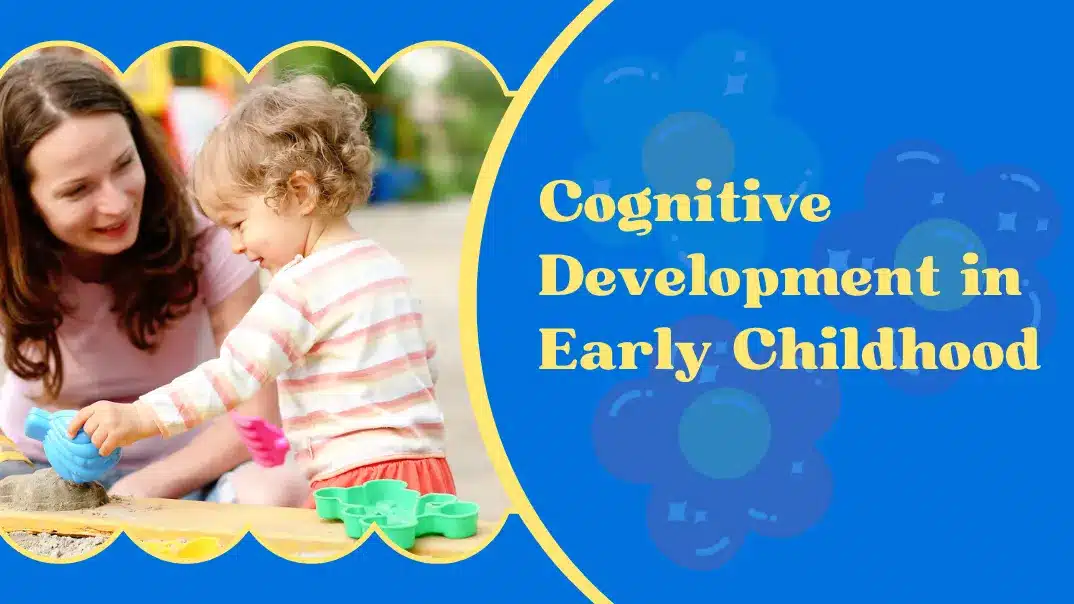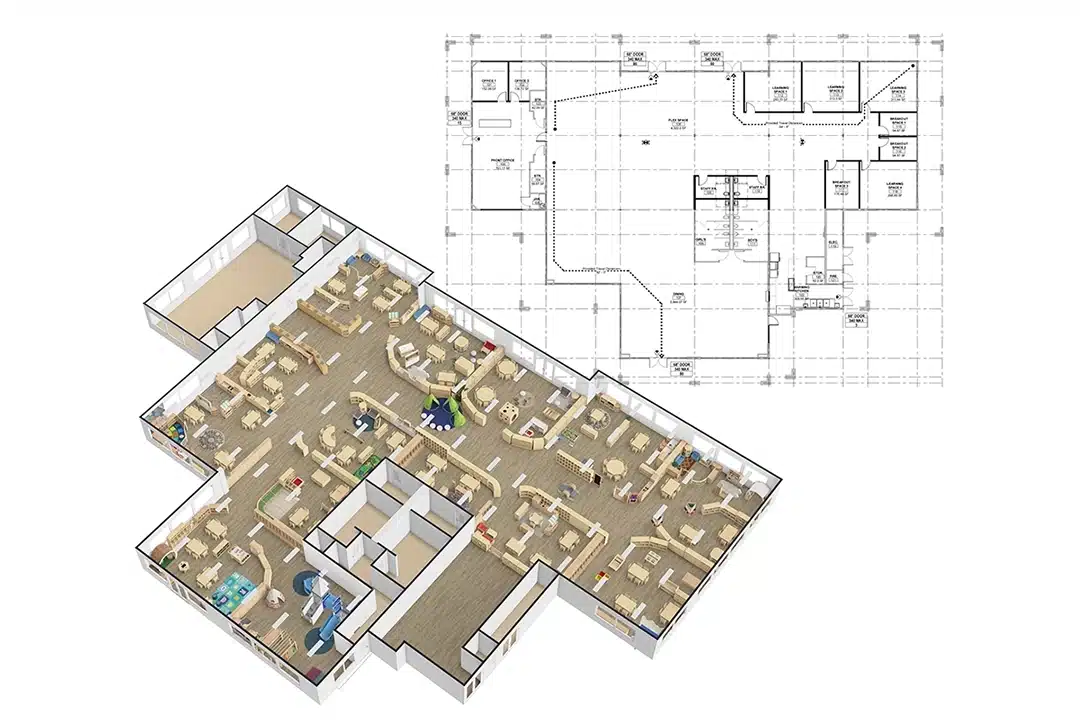
The Ultimate Guide on How to Start a Daycare Business
Want to start a daycare business? This ultimate guide covers everything from licensing, financing, setup, and operations to help you launch a successful daycare center.
Discover our collection of blogs featuring insights on classroom and outdoor equipment, along with valuable parenting resources for holistic child development.

Want to start a daycare business? This ultimate guide covers everything from licensing, financing, setup, and operations to help you launch a successful daycare center.

Opening a daycare center involves securing specific certifications and licenses to meet local and federal regulations. Learn the key requirements for setting up your daycare center and ensuring compliance.

The first day of preschool is a big step for children, and engaging first day of preschool activities can make it enjoyable and educational. Activities like Phonics Hopscotch, Counting Critters, and Bubble Pop Counting help children develop essential skills in math, literacy, and social interaction. These fun, hands-on activities create a positive, welcoming environment, setting the stage for a confident start to preschool.

Formative vs summative assessment are essential tools for evaluating student learning. While formative assessments guide instruction, summative assessments measure outcomes. Learn how to balance both in your classroom for maximum impact.

Discover how Multiple Intelligences theory transforms early childhood education by catering to diverse learning styles. Explore practical Montessori strategies for holistic development.

Most kids begin preschool between ages 3 and 5, but the best age depends on their social, emotional, and cognitive development. Factors such as independence, communication skills, and family needs influence the decision. This article explores the benefits of preschool, signs of readiness, and tips for a smooth transition.

This comprehensive guide explores how to build a successful Preschool Homeschool Curriculum, from choosing the right materials to structuring your day. Learn how to provide your child with a well-rounded educational experience that fosters creativity, independence, and foundational skills for future learning.

This article provides 51 engaging fall art activities for preschoolers, including leaf crafts, pumpkin painting, sensory play, and creative autumn-themed projects to enhance fine motor skills and creativity.

Cognitive development in childhood influences how children perceive, think, and understand the world. This article explores key theories, developmental stages, and methods to foster cognitive growth.

Click to chat
I'm online now.
Hello, This is Roger, Xiha Montessori Founder. How can I help you? We can send you our catalogs.
Contact Us
🟢 Online丨Privacy policy
Chat With Us

If you need a list of preschool products, send us an inquiry to contact us!


Fill out the form below, and we will contact you within 48 hours.